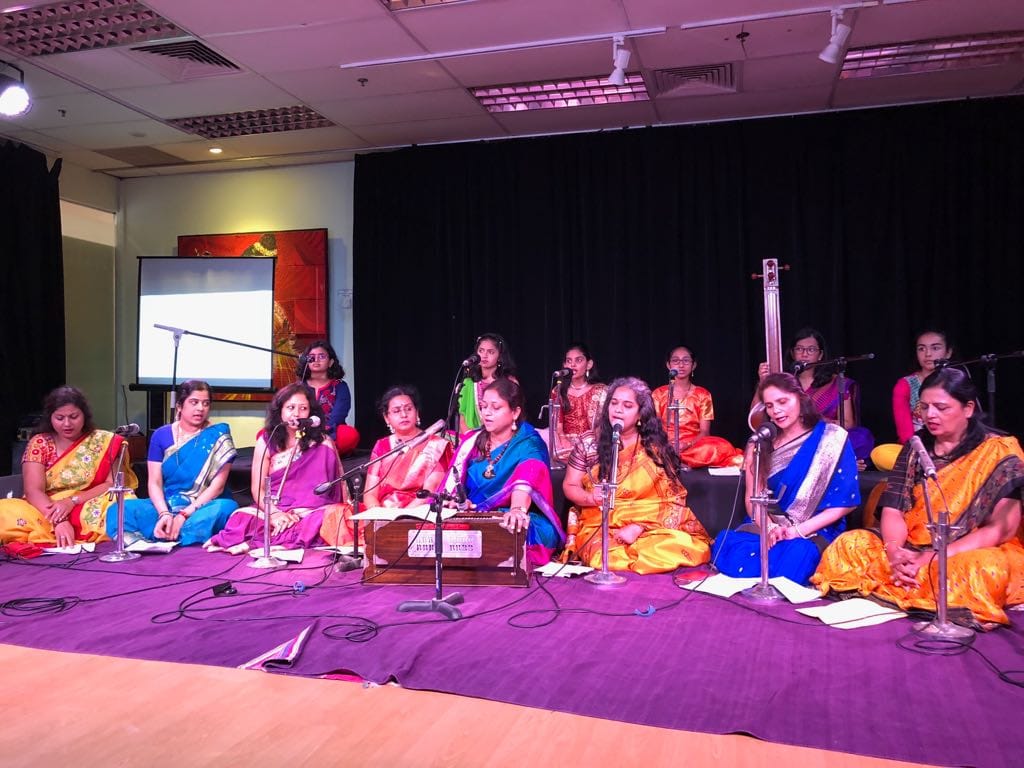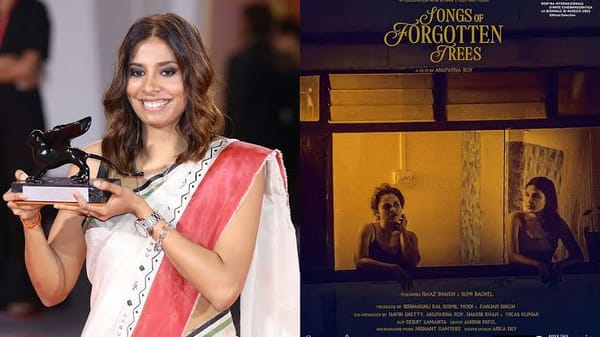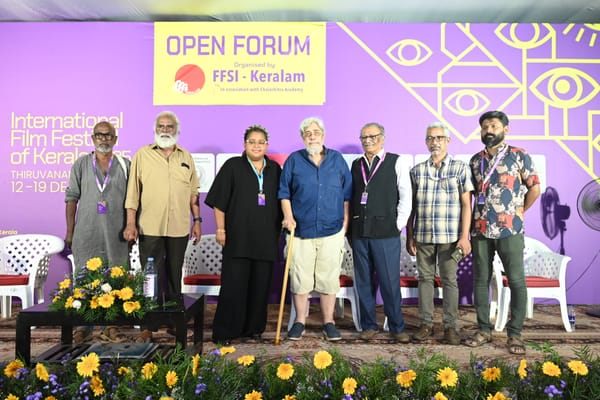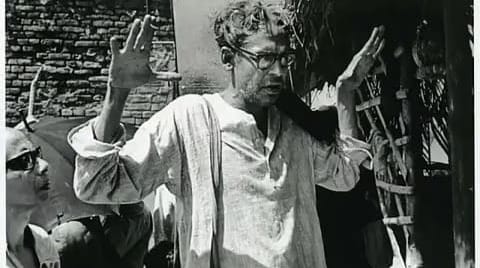Review: Kaleidoscope Series – Rang Rasiya – Session 3

On Saturday, March 10th, the Temple of Fine Arts presented the 3rd session of its Kaleidoscope series. This series, the brainchild of their Head of the Hindustani Music section, Shrimati Kalyani Puranik, popularly known as “Didi” is an attempt at demystifying the classical music space for music lovers. It also aims at displaying the universality of music, by showcasing how all classical forms of music i.e. Western, Hindustani, Carnatic and even Chinese have the same music roots where scientifically, the shruti distance between notes can actually put Ragas or modes on the same platform. Consequently through the research done by Didi and her father late Pandit Balkrishnabuwa Kapileshwariji, they have demonstrated how the seven basic ragas / murchanas in Hindustani classical music, correspond to seven modes in Western classical and have similar ragas in Carnatic Melakarta as well. This entire journey is about making the complex simple, and the simple – global!
This episode of Kaleidoscope, dealt with what was known as Raga Ashwakantha in ancient times, or Jhinjhoti as it is popularly now known. Its equivalent in Carnatic Melakarta is Raga Hari Kamboji and in the Western Scale it corresponds to the Mixolydian Mode. The program started with a prayer to lord Ganesha. India recently celebrated the festival of colours Holi. Coincidentally Raga jhinjhoti and its associated ragas like Desh, Khamaj, and others, are some of the most well-known ragas for celebrating this festival of colour as it marks the close of winter and welcomes warm weather. Several pieces that followed through the evening portrayed the various facets of Holi with both traditional and contemporary pieces, including songs from movies.
The program started with Raga Hari Kamboji, demonstrated in the Carnatic stlye. Several students, both young girls and ladies then demonstrated Raga Jhinjhoti. This was followed by Jansamohini, a Carnatic raga that was showcased first with a flute recital by a student of the instrumental class and then with a short piece in the Carnatic style by another young student. A movie song, from the film Mere Mehboob (title track) completed Raga Jhinjhoti.
Raga Desh followed with pieces in the ‘Hori’ style and then Raga Khamaj was introduced. This included traditional pieces and a folk piece “Rasiya’ that is normally sung in Vrindavan and Barsana, and that beautifully paints a picture of Holi being played between the men of Vrindavan and the ladies of Barsana. The audience was also treated with ‘laddu holi’ a form of holi played in Vrindavan where ‘laddus’ are thrown at each other and eaten with relish.
Bengali ladies followed this up with a piece composed by Shri Ravindranath Tagore that describes the colors of spring. This was followed by More Kanha, from the movie Sardari Begum, in Raga Khamaj and then a more traditional ‘Thumri’ was presented in Raga Khamaj.
This was followed by a sufi song by Abida Parveen -Holi Khelan aaya and then follwed Raga Puncham se gara – a raga were all the others come together and where the puncham and shadaja are interchangeable. The evening rounded up nicely with a classical version of the famous Rajasthani song Kesariya Balama




